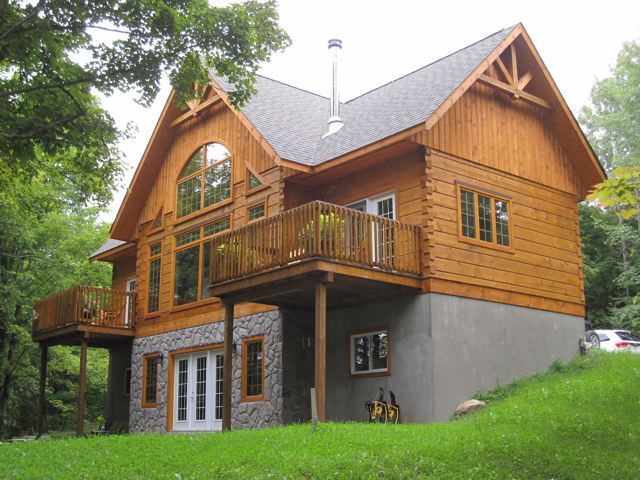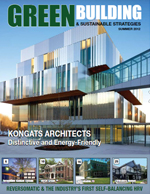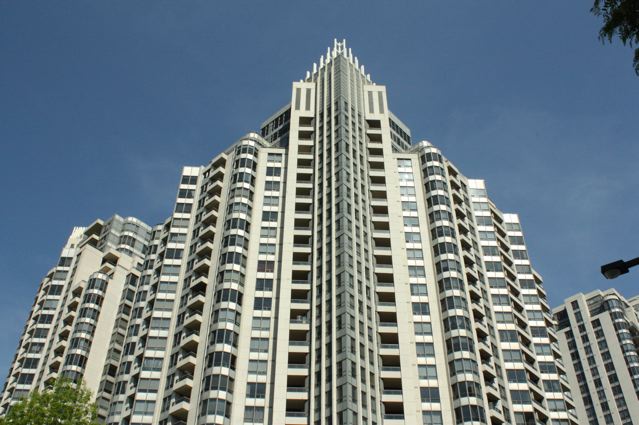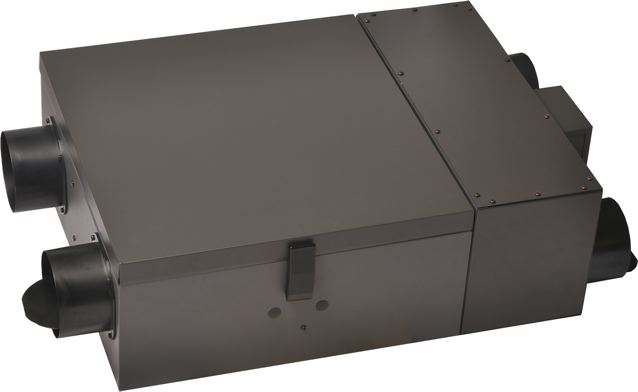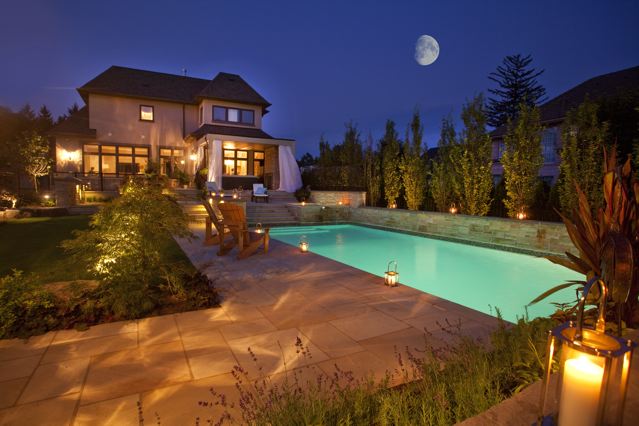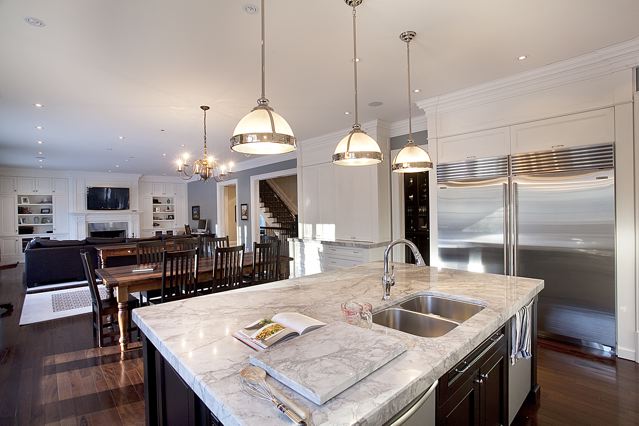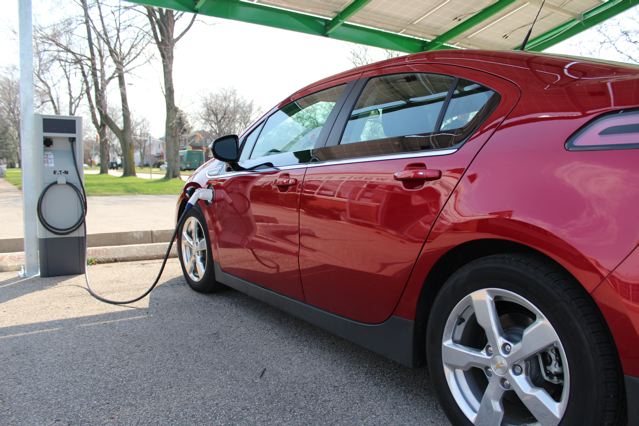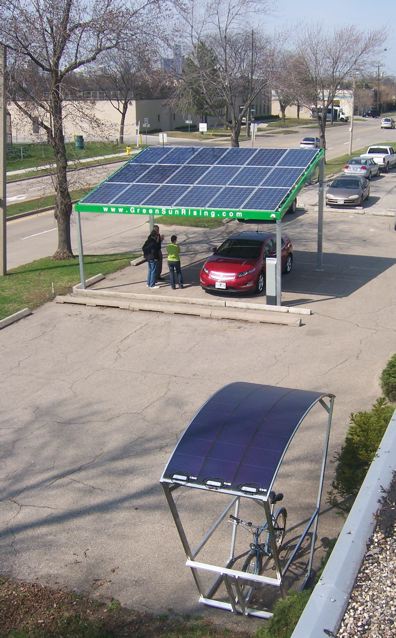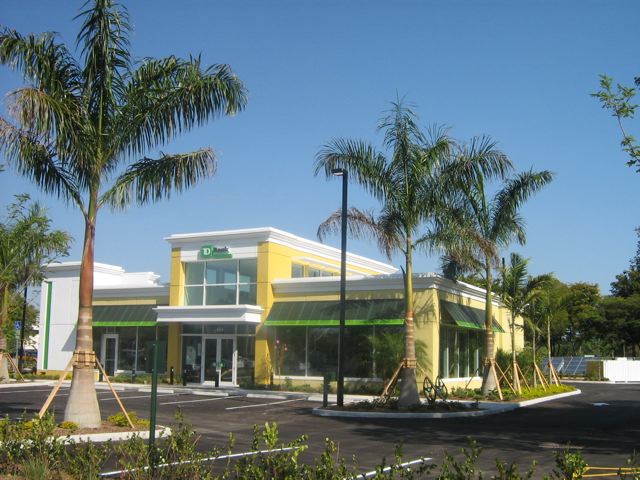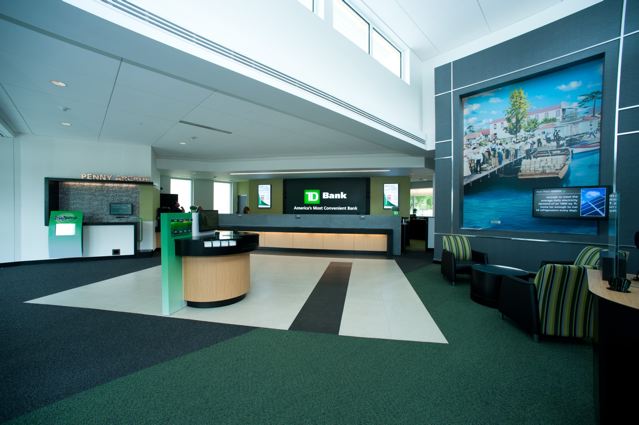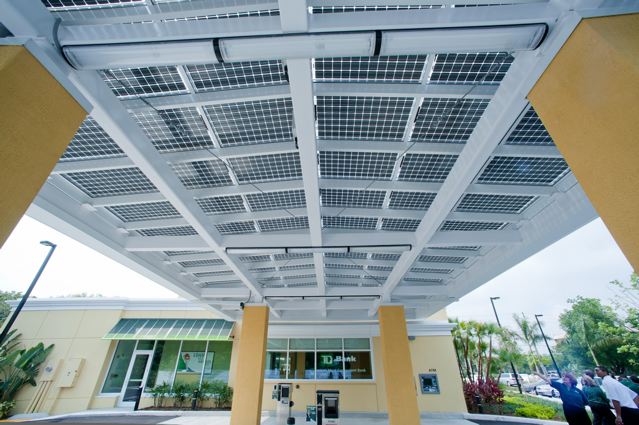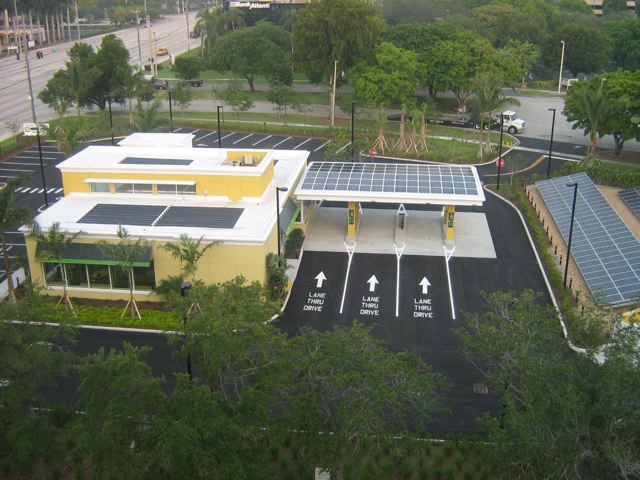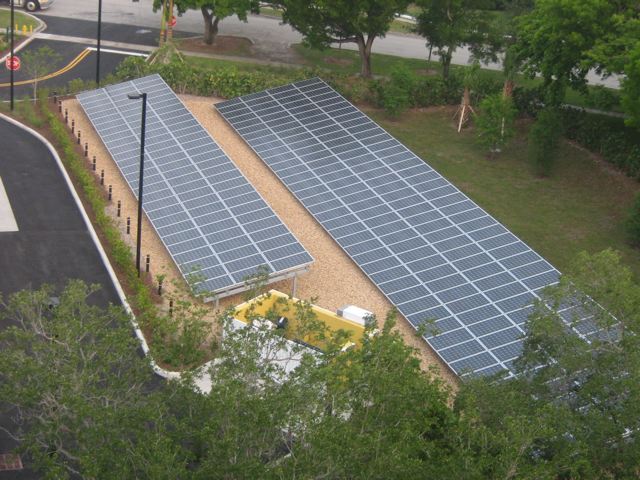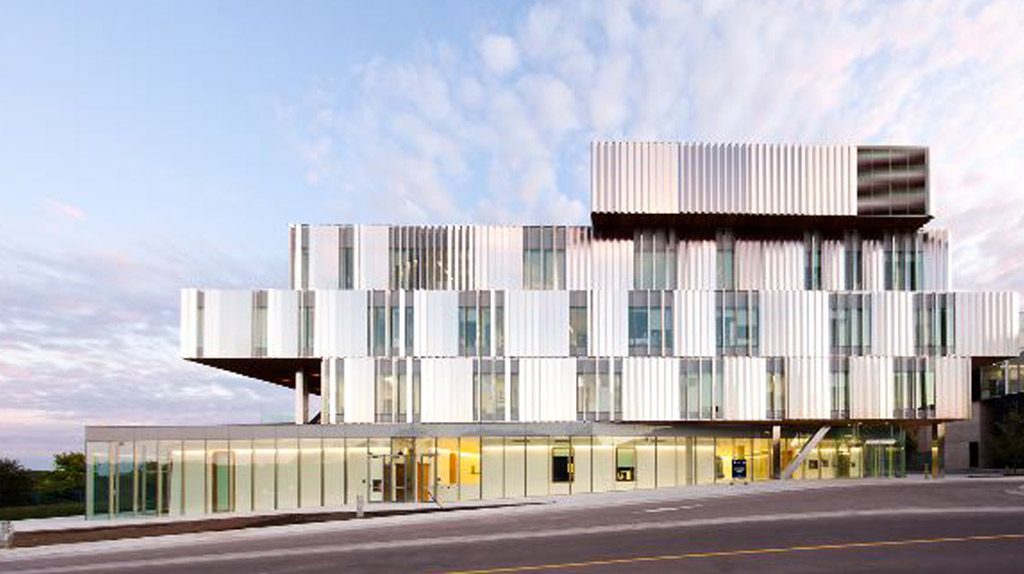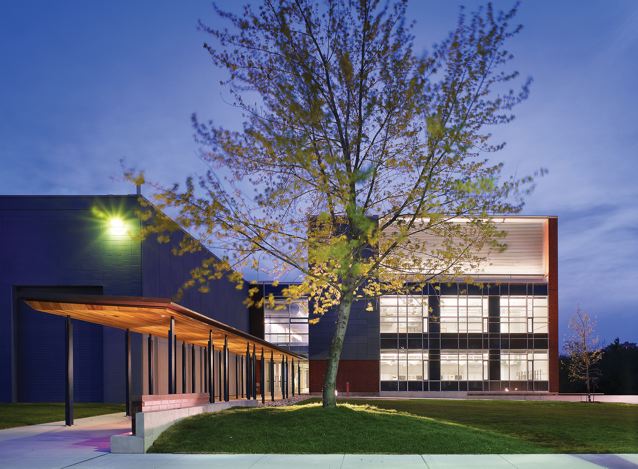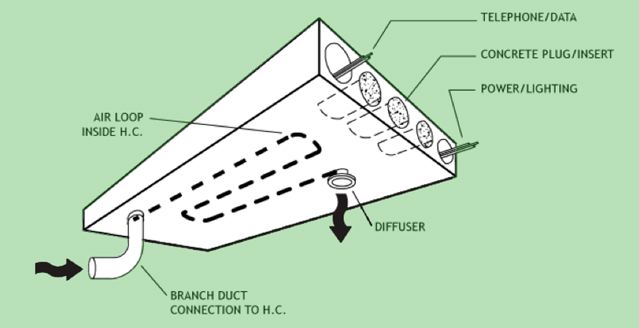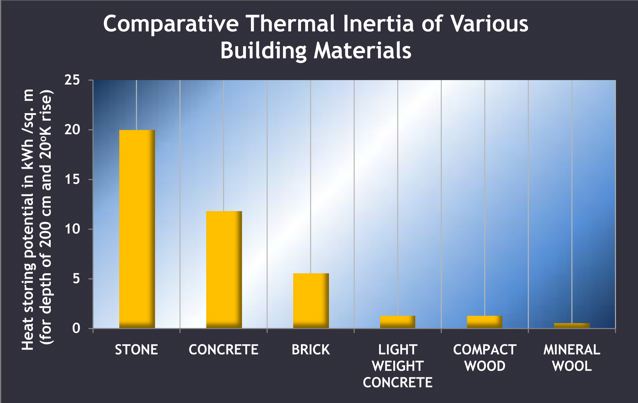Newmarket Family Makes ‘Green’ Their Favourite Colour
Off-Grid Log Home Saves Money, Helps Form New, Energy-Friendly Habits
Hear the words “family meeting” and you might think it’s time to discuss homework, computer use or chores. But when Derek Zoldy and his wife Casey sat their two teen-aged sons down for a group discussion, there was a lot more than that on the table.
The Newmarket, Ontario, family was planning to take their new 1867 Confederation Log & Timber Frame vacation home “off-grid” and they needed to know everyone was onboard.
“You really have to have the mindset that you are going to live with the choices you make,” says Derek, a professional engineer and Canadian Ski Patrol volunteer. “A few habits had to be reformed but in the end, the savings are tremendous.”
The Zoldys’ log home is their ‘dream cottage’ at the base of Sir Sam’s Ski Hill in Haliburton, Ontario, with access to Eagle Lake. Logs were the family’s first choice of building material not only because wood blends in with the natural beauty of the land, but also because of the high level of energy efficiency of 1867 Confederation’s construction.
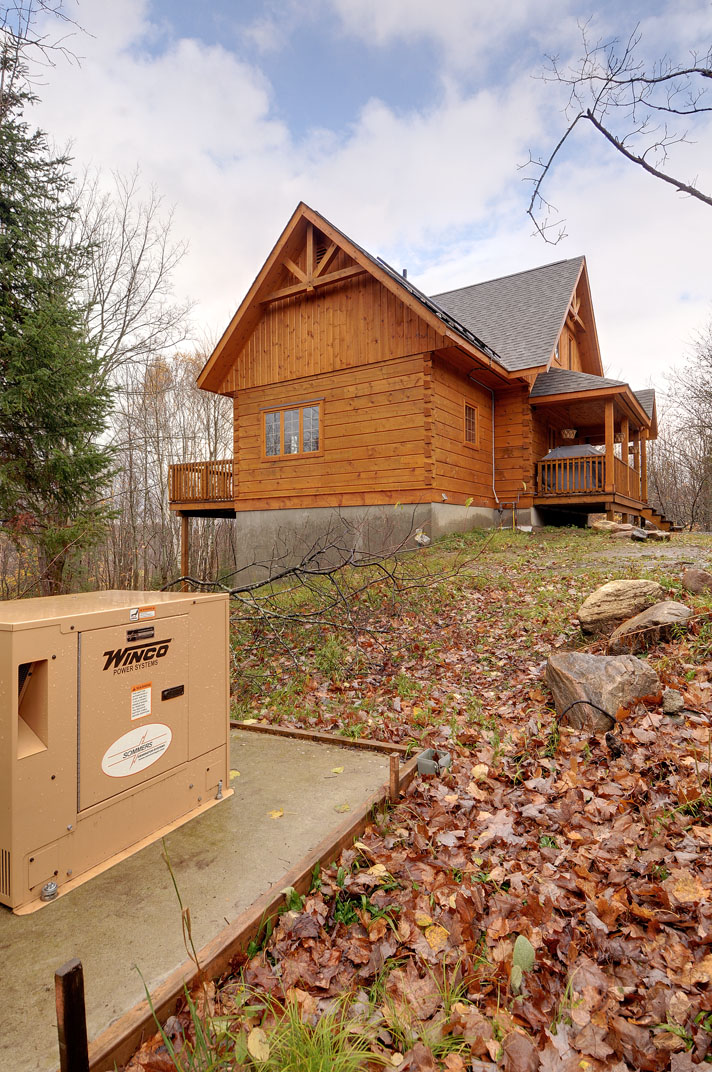
After visiting several construction sites and investigating a number of builders, they opted for 1867 Confederation Log and Timber Frame and designed a custom 1,400-square foot floor plan that includes vaulted ceilings on the main level, a walkout basement and a loft.
From an environmental standpoint, one of the factors that swayed the Zoldy’s in favour of Confederation is the fact the company uses carefully harvested FSC-certified logs, that are air dried on-site at the Bobcaygeon, Ontario, manufacturing facility, and that any un-used wood is recycled.
Rick Kinsman, owner of Confederation describes some of the company’s Eco Wise practices. “Our entire Production Facility is totally Green and waste free. Our cut offs are used as firewood, scrap logs are used for boat blocks at local marinas and even our sawdust is donated to a local farmer for animal bedding.”
Another was the fact that Confederation is one of the few log and timber frame builders in North America with experience building Energy Star-rated log and timber frame homes. In light of these details and the fact their home was already an energy efficient and sustainable choice, taking their home off-grid seemed a logical next step, says Derek.
“I saw the potential right away,” he says. “It made a lot of financial sense right out of the gate.”
For about $30,000 – representing a $10,000 savings on the cost to clear the right of way and bring hydroelectricity to their six-acre property – the Zoldys installed a starter solar system that includes a backup propane generator. Using four roof-mounted solar panels from Sharp, they currently generate one kilowatt of energy that is stored in a DC battery bank and then converted to AC for consumption as required. This summer, they plan to add an additional four panels for a total of two kilowatts.
Primary heat during the winter months comes from a wood-burning fireplace in the great room and is supplemented by a propane stove in the basement. Water, meanwhile, is pumped from a deep rock well using a highly efficient 110-volt pump that consumes less energy on start-up than a 220-volt pump and yet supplies the same amount of water.
“Even if we were on-grid, the lower voltage pump would have made the most sense in terms of energy conservation,” notes Derek.
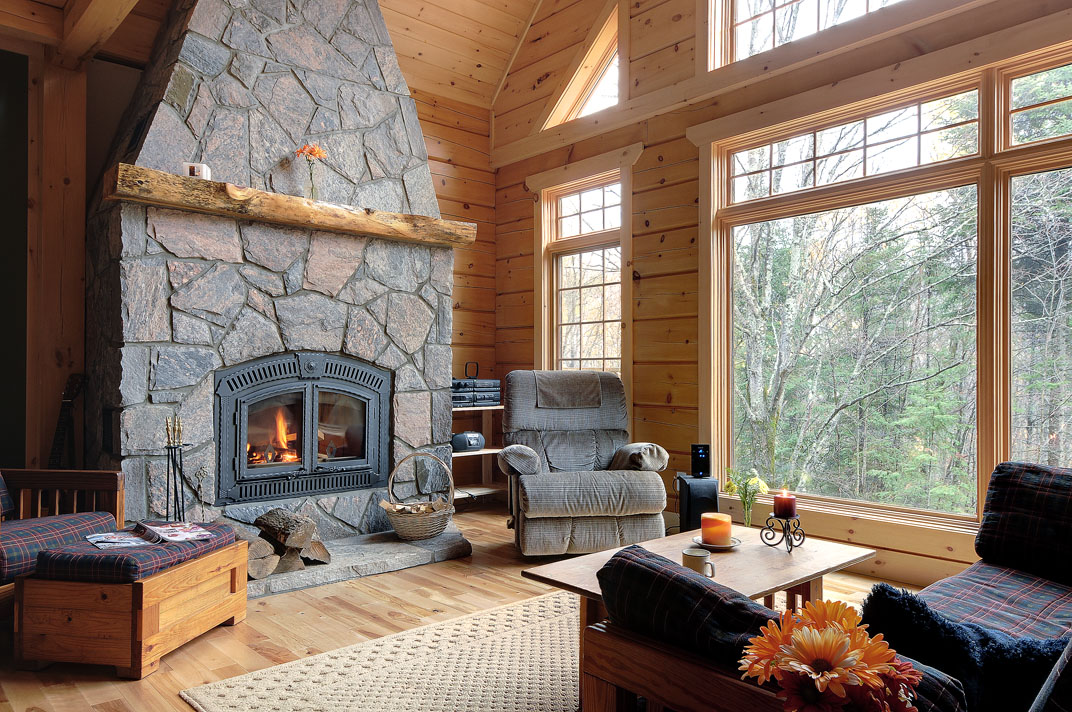
Other environmental considerations up for discussion and winning family approval included using LED lighting as opposed to conventional lighting, installing economical low-flush toilets, and replacing electric or gas kitchen appliances with propane appliances. The on-site septic system is gravity fed and doesn’t require a pump. And every window in the home comes from Confederation’s energy-efficient Standard Package and is wood framed to fit in with the aesthetics of the log home.
“Much like when we manufactured the first Energy Star Certified log home in Canada,” Rick states, “we didn’t have to change any component of our Standard Package or our Manufacturing Process.”
Even with the savings they are now realizing – the Zoldys only receive one bill for consumption of propane which Derek considers a clean and efficient fuel – the choice to go off-grid wasn’t necessarily an easy one.
“At first we were getting some complaints from the boys,” says Derek. “But what it really boiled down to was equipment issues.”
For example, the Zoldys have a rule at their cottage that phones and computers can’t be recharged at night or on days when there’s no sunlight. That means they need to rely on batteries and one son, who was in the habit of leaving his computer plugged in all of the time, found that he wasn’t getting enough battery life.
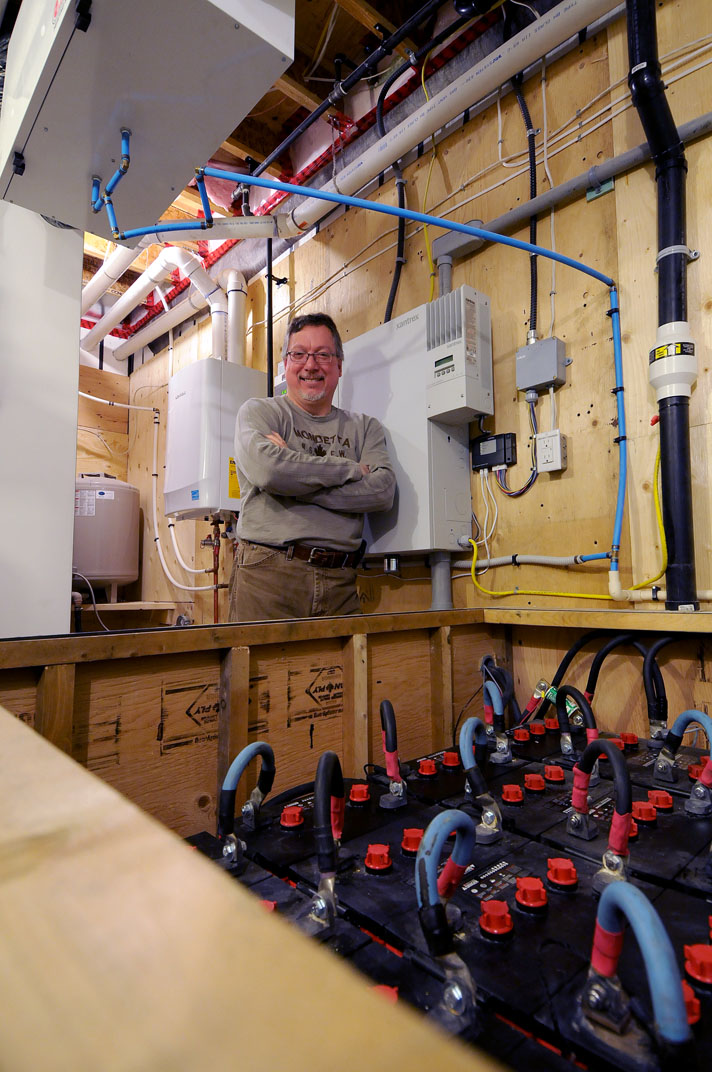
“He had to get in the habit of only plugging in when his battery is low, but now he’s even doing it at home in Newmarket,” says Derek.
Other new habits include making sure lights are off and that the toilets have finished their flush cycle before they leave the bathroom – a small price to pay for the satisfaction of being green.
“We’re all very comfortable with the choices we’ve made, and one of the best was our decision to work with 1867 Confederation Log & Timber Frame,” says Derek. “Even my wife is now talking about moving up here permanently as soon as she







